Visual Art: The Language of Creativity and Logic
Visual art is more than just painting or sculpture; it’s a universal language that communicates emotions, ideas, and stories across time and cultures. From cave paintings to digital art, visual art speaks directly to our minds, connecting us in ways words cannot. Let’s dive into what makes visual art so powerful, understandable, and relevant to everyone.
1. What Is Visual Art?
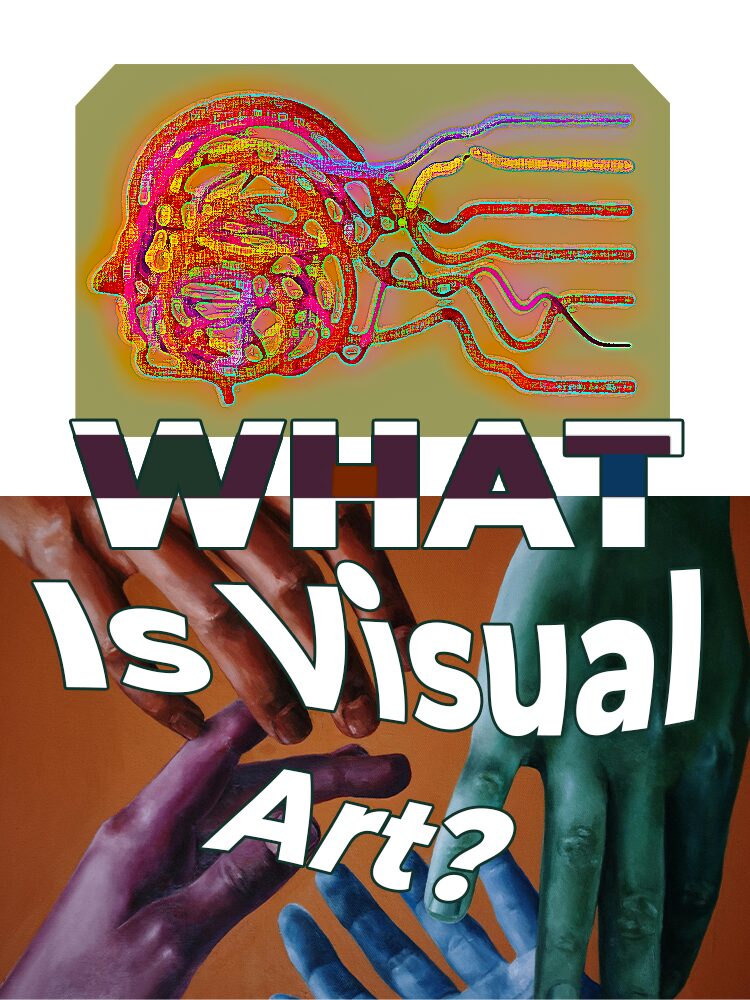
Visual art is any creative work that is meant to be seen. This includes traditional forms like painting, drawing, and sculpture, as well as modern forms like photography and digital art. At its core, visual art serves three purposes:
1. Expression: It’s a way for artists to express their thoughts, emotions, and ideas.
Example: Think of a painting that makes you feel calm or excited—art is meant to trigger those emotions.
2. Communication: Art tells stories without using words.
Example: Ancient cave paintings communicated survival stories, and modern art tells powerful messages about society.
3. Innovation: Artists experiment with new ideas and techniques to create something unique.
Example: Today’s digital artists use computers to create amazing visuals, blending technology and art.
Visual art is a creative form meant to be seen, serving to express emotions, communicate stories without words, and innovate through new ideas and techniques.
2. The Building Blocks of Art
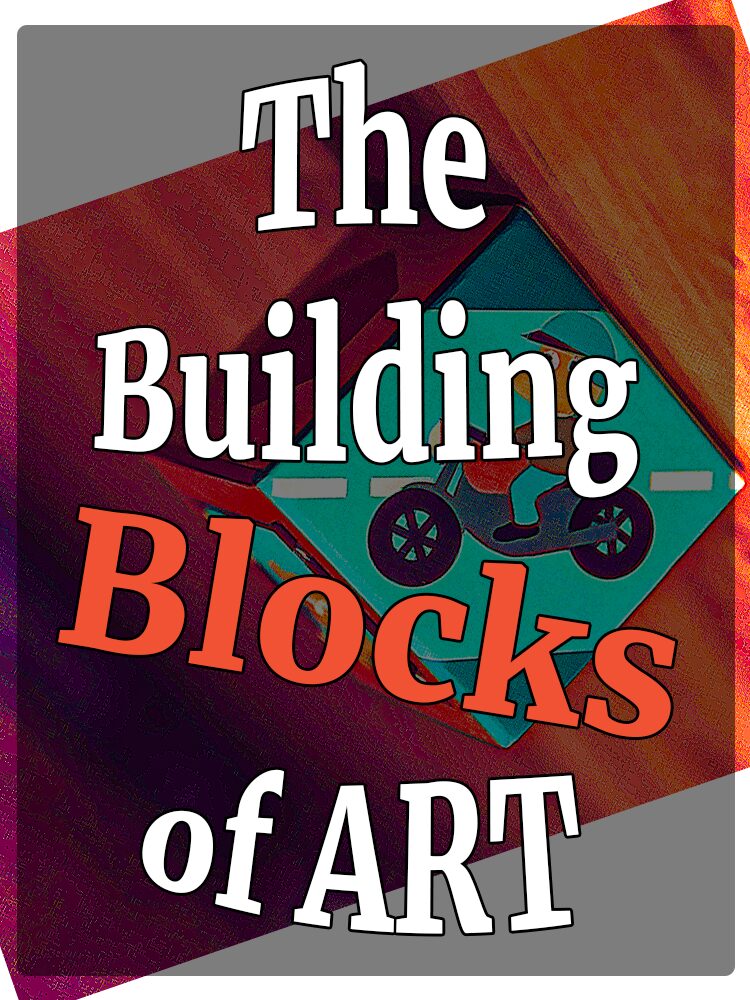
Just like how a recipe has ingredients, visual art is made of basic elements. These elements are combined in specific ways to create something meaningful and beautiful.
Line: The most basic mark, lines can create shapes or lead the viewer’s eye.
Shape & Form: Shapes are flat, while forms are three-dimensional, giving depth to art.
Color: Colors can affect your mood and the way you perceive a piece of art.
Texture: Texture can make art look like it’s rough or smooth, giving it life.
Space: Artists use space to create depth, making a two-dimensional artwork look like it has dimension.
Value: The contrast between light and dark makes things appear realistic or dramatic.
Artists also use principles like balance, emphasis, and proportion to arrange these elements, making the artwork visually appealing and organized.
The building blocks of art are line, shape and form, color, texture, space, and value, which, when arranged using principles like balance, emphasis, and proportion, create meaningful and visually appealing compositions.
3. Why Does Art Affect Us?
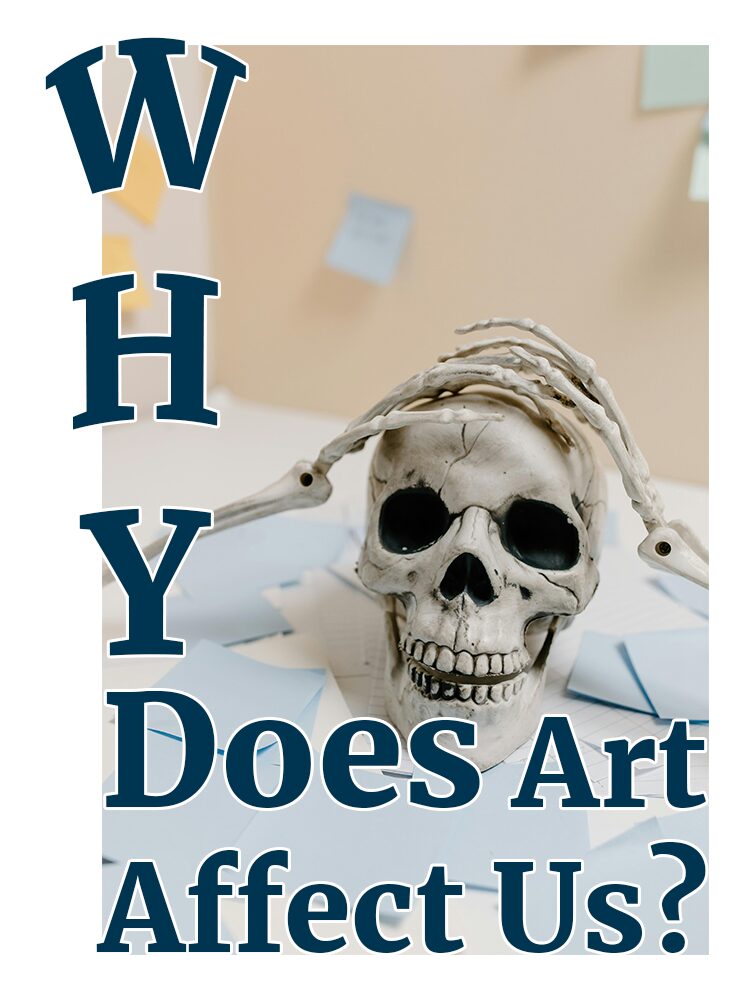
Art doesn’t just look good—it has a powerful effect on our minds and emotions.
Psychological Impact:
Colors can make us feel happy, sad, energized, or calm. For example, blue often feels peaceful, while red can make us feel energized or alert.
Mental Stimulation:
When we look at art, our brains are actively processing patterns, shapes, and colors, which can improve our focus and creativity.
Emotional Connection:
Art lets us connect with others’ emotions and experiences. A sad painting might make us reflect on our own feelings, while a joyful one might make us smile.
Art influences emotions through colors, stimulates the brain by engaging patterns and shapes, and fosters emotional connections by reflecting shared experiences.
4. The Evolution of Art: A Reflection of Society
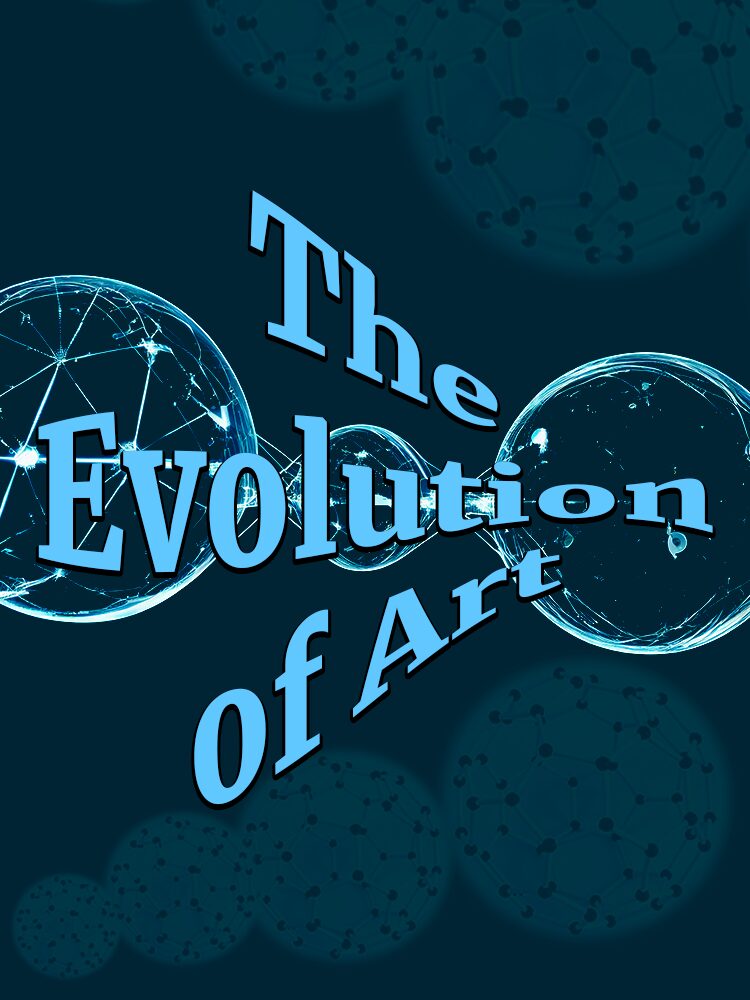
Art has evolved with humanity, and its changes often mirror the developments in society, technology, and culture.
Prehistoric Art:
Early humans used simple drawings to tell stories about survival, hunting, and their environment.
Classical Art:
Ancient Greek and Roman artists focused on symmetry and proportion, valuing the beauty of the human body.
Renaissance Art:
The invention of perspective allowed artists to create realistic representations of the world.
Modern Art:
New movements, like Cubism, challenged the way we see the world, breaking traditional rules.
Contemporary Art:
Today, artists are experimenting with digital technology, AI, and interactive art, pushing the boundaries of what art can be.
Art reflects societal evolution, progressing from prehistoric storytelling and classical symmetry to Renaissance realism, modern innovation like Cubism, and contemporary experimentation with digital technology and AI.
5. How Does Art Connect to Science?
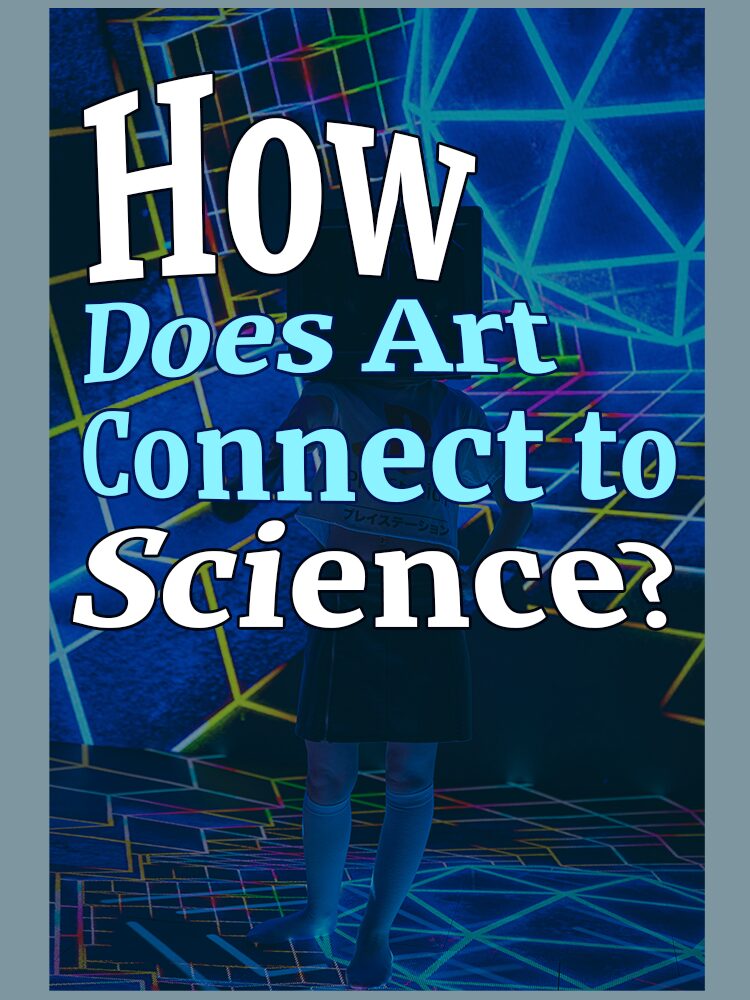
It’s not just about creativity—art also relies on science and logic to make it impactful.
Color Theory:
Colors are not just about looks—they’re psychological tools. For example, warm colors like red and orange can create a sense of warmth or urgency, while cool colors like blue and green can be calming.
Gestalt Psychology:
This explains how our brains process and interpret images. Artists use this principle to guide the viewer’s eye and focus attention where it matters most.
Mathematics and Geometry:
Many artists use math to create balance and harmony in their work. The Golden Ratio, for example, is a special number that artists use to create compositions that feel naturally pleasing.
Art combines creativity with science by using colors to evoke emotions, psychology to guide focus, and math for balance and beauty.
6. Art in Our Everyday Lives
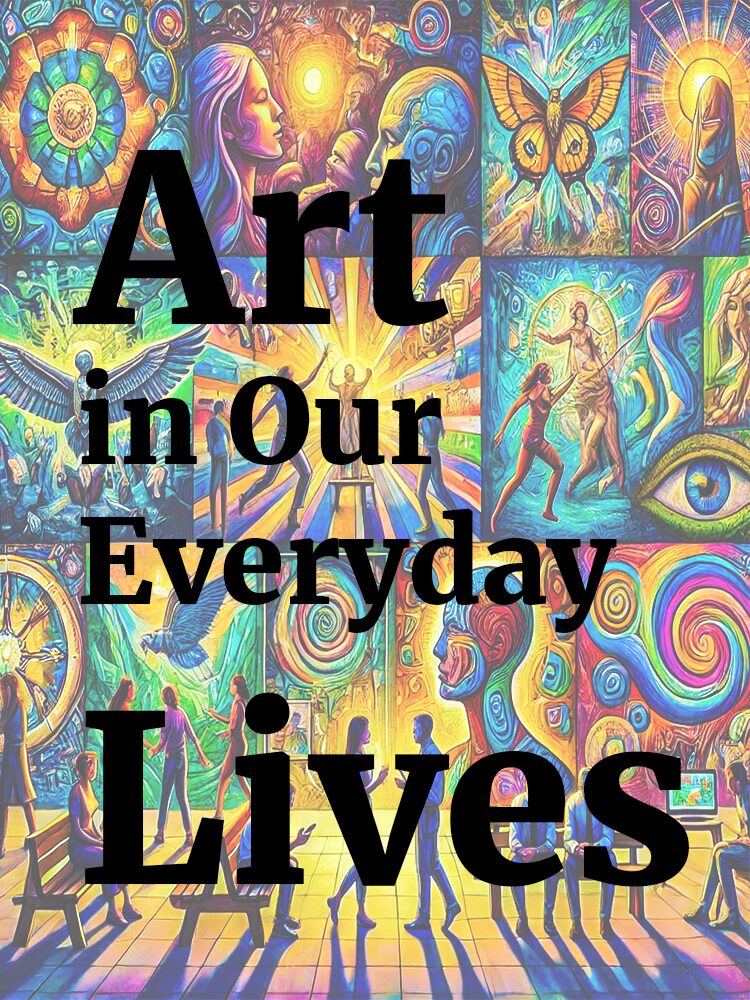
Art is everywhere, not just in museums. It plays an important role in shaping our world.
Architecture:
Buildings and structures are designed with principles of art to be both functional and beautiful.
Advertising:
Brands use color, shape, and design to capture attention and create a connection with consumers.
Technology and Gaming:
Artists create digital worlds, video games, and animations, blending art with technology to create experiences.
Art is everywhere, shaping architecture, advertising, and technology by combining creativity with functionality to enhance beauty, connection, and digital experiences.
7. Why Should We Care About Art?
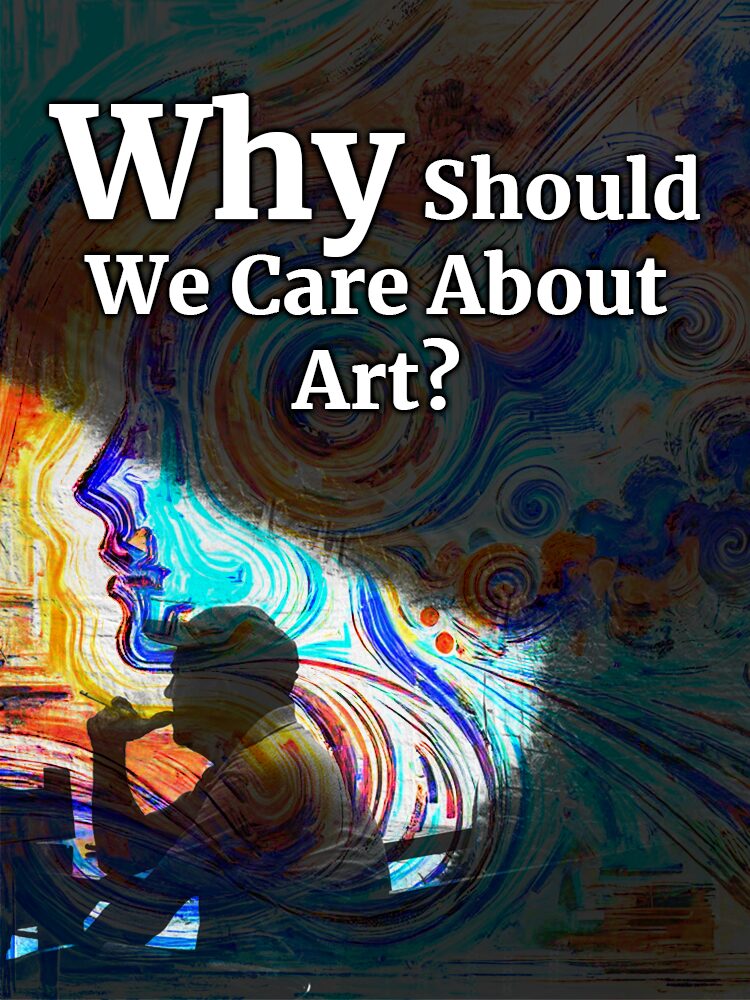
Art isn’t just for artists—it’s for everyone. Understanding and engaging with art offers several benefits such as:
Critical Thinking:
Art teaches us to look closely, think critically, and interpret things in different ways.
Creativity:
Exposure to art inspires us to think outside the box and approach problems creatively.
Emotional Growth:
Art helps us connect with our emotions and understand the emotions of others, fostering empathy.
Art benefits everyone by fostering critical thinking, inspiring creativity, and promoting emotional growth through deeper connections and empathy.
Conclusion: Art for All
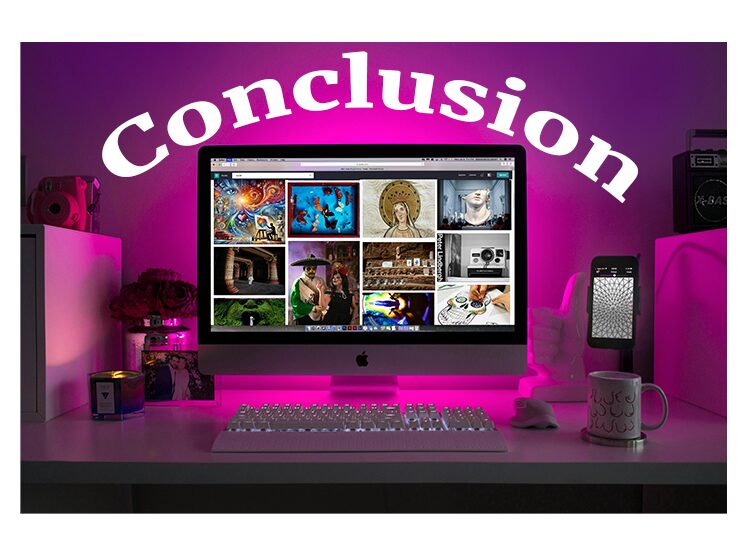
Visual art is a powerful and dynamic form of expression that reaches beyond borders and languages. It combines creativity with logic, shaping not just how we see the world, but how we feel and think about it. From paintings to digital art, it impacts our daily lives and our future. Understanding art allows us to connect deeply with others, reflect on ourselves, and appreciate the beauty in the world around us.
Visual art is a universal and dynamic form of expression that combines creativity and logic, shaping our perception, emotions, and connections with others while enriching our daily lives and fostering self-reflection and appreciation of beauty.
If you enjoyed reading this article, then we will recommend you to read this one too https://ppdadesigns.com/a-fascinating-history-the-evolution-of-graphic-design/
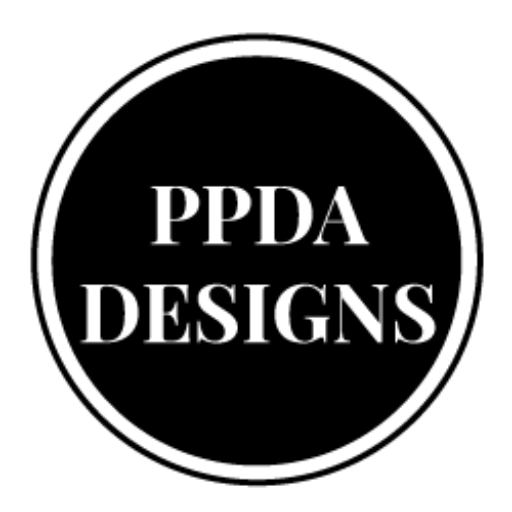
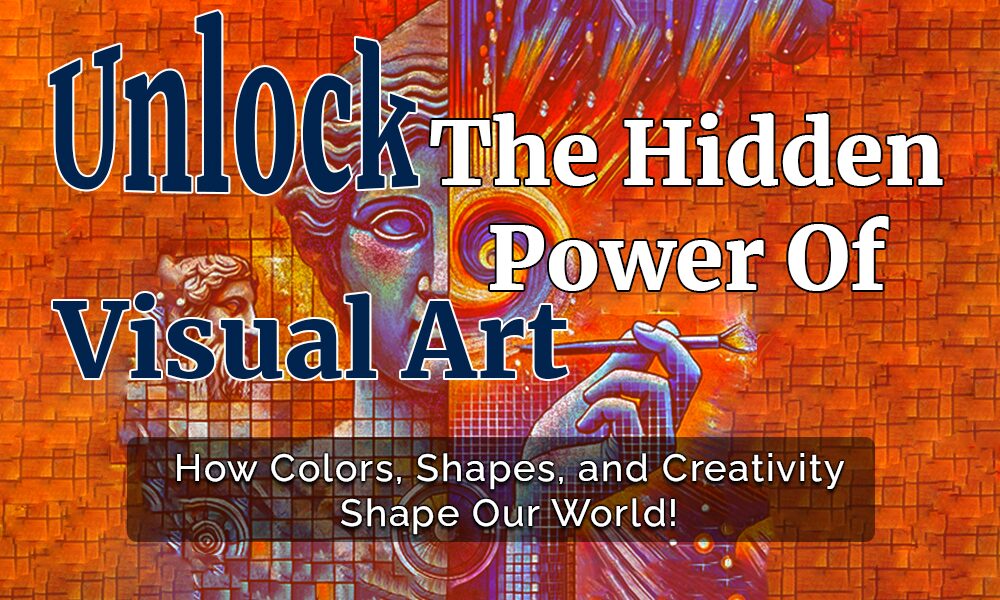
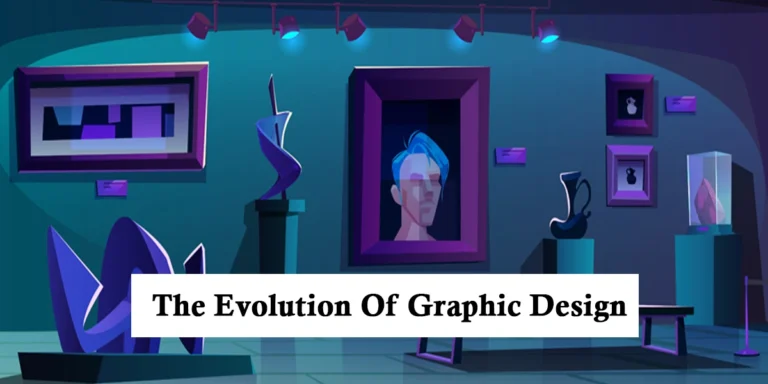
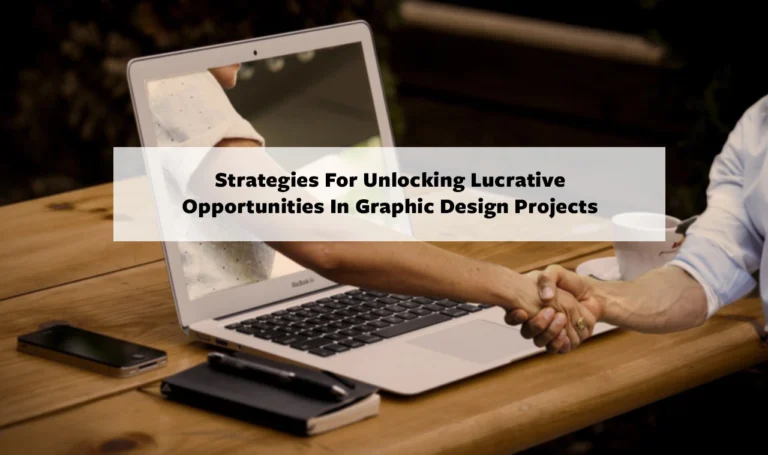
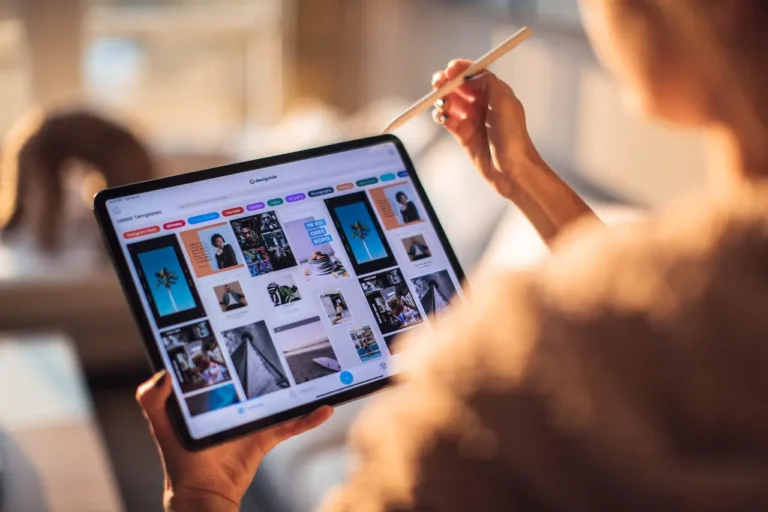
good one
nice topic, learnt something new today
informative post